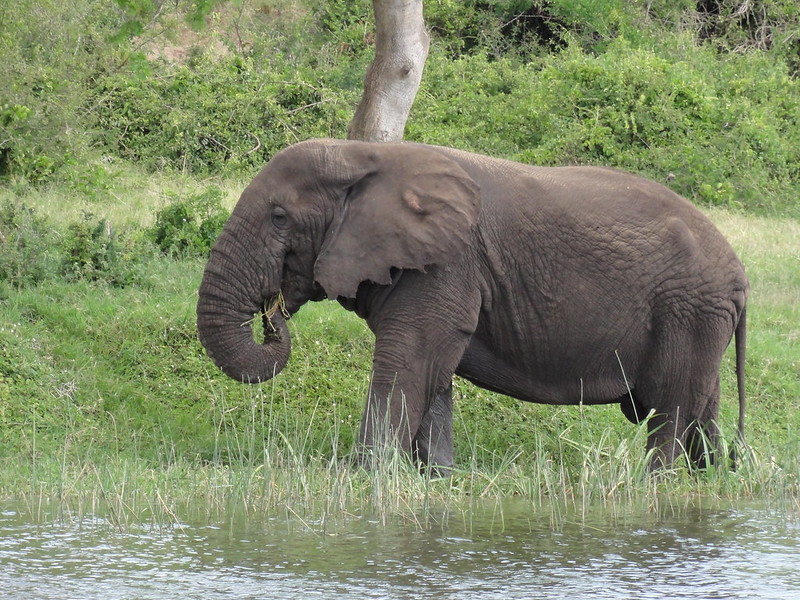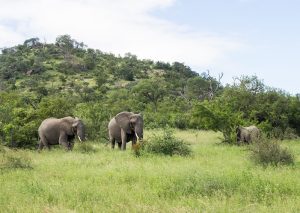Practical Tips for Planning Your Rwanda-Uganda Safari Adventure
Overview
Practical Tips for Planning Your Rwanda-Uganda Safari Adventure. Planning a safari in Rwanda and Uganda requires careful consideration of various factors, from choosing the best time to visit to understanding the logistics of crossing borders. In this post, we’ll provide practical tips to help you plan a smooth and enjoyable Rwanda-Uganda safari adventure, ensuring you get the most out of your trip.
When to Visit: Choosing the Best Time
The timing of your safari can significantly impact your experience, so it’s essential to choose the right season for your interests.
- Dry Season (June to September, December to February): The dry season is generally the best time to visit Rwanda and Uganda for wildlife viewing. During this period, the weather is more predictable, with less rainfall and clearer skies, making it easier to navigate the national parks. It’s also the peak season for gorilla trekking, as the trails are less muddy and the chances of rain are lower.
- Wet Season (March to May, October to November): While the wet season brings more challenging trekking conditions, it also has its advantages. The landscapes are lush and green, birdwatching is at its best, and there are fewer tourists, leading to a more intimate experience. Some travelers also find that the misty forests during the wet season add to the mystique of gorilla trekking.
“For the best gorilla trekking conditions, plan your visit during the dry season, from June to September. However, if you prefer lush landscapes and don’t mind a bit of rain, the wet season offers a quieter, more serene experience.”
Visa and Entry Requirements
Understanding the visa and entry requirements for Rwanda and Uganda is crucial for a hassle-free trip.
- East Africa Tourist Visa: To simplify travel between Rwanda, Uganda, and Kenya, consider obtaining the East Africa Tourist Visa. This visa allows multiple entries to all three countries for 90 days and costs $100. It’s a convenient option if you plan to explore more of the region.
- Single Country Visas: If you’re only visiting Rwanda and Uganda, you can obtain single-entry visas for each country. Rwanda offers visas on arrival for most nationalities at $50, while Uganda requires an e-visa, which can also be obtained on arrival for $50.
“The East Africa Tourist Visa is the most convenient option for travelers visiting Rwanda, Uganda, and Kenya. It allows multiple entries over 90 days and costs $100, making it ideal for those exploring the region.”
Health Precautions and Vaccinations
Staying healthy during your safari is a top priority, so it’s important to take the necessary health precautions.
- Yellow Fever Vaccination: Both Rwanda and Uganda require proof of yellow fever vaccination upon entry. Make sure to get vaccinated at least 10 days before your trip and carry your vaccination certificate with you.
- Malaria Prevention: Malaria is present in both Rwanda and Uganda, so taking prophylactic medication is highly recommended. In addition to medication, use insect repellent, wear long sleeves, and sleep under mosquito nets to reduce the risk.
- Travel Insurance: Ensure you have comprehensive travel insurance that covers medical emergencies, including evacuation, especially if you’re planning to trek in remote areas. It’s also wise to check if your insurance covers adventure activities like gorilla trekking.
“A yellow fever vaccination is required for entry into both Rwanda and Uganda, so be sure to get vaccinated before your trip. Additionally, taking malaria prophylaxis and having comprehensive travel insurance will help ensure a safe and healthy safari experience.”
Packing Essentials for Your Safari
Packing the right gear can make a big difference in your comfort and enjoyment during your safari.
- Clothing: Lightweight, moisture-wicking clothing is ideal for the warm days, while a warm jacket is necessary for the cooler mornings and evenings. Long sleeves and pants help protect against insect bites, and neutral colors are recommended for blending into the environment.
- Footwear: Sturdy hiking boots are essential for gorilla and chimpanzee trekking, as the trails can be steep and muddy. Gaiters are also useful for keeping mud and insects out of your boots. A pair of comfortable sandals or sneakers will come in handy for relaxing at your lodge.
- Gear: A good pair of binoculars is invaluable for wildlife viewing, especially for spotting birds and distant animals. A camera with a zoom lens will help you capture those unforgettable moments. Don’t forget a waterproof daypack to carry your essentials during treks.
“Pack lightweight, moisture-wicking clothing for the warm days, and bring a warm jacket for the cooler mornings and evenings. Sturdy hiking boots are essential for trekking, and a good pair of binoculars will enhance your wildlife viewing experience.”
Navigating the Border Crossings
If you’re planning a combined Rwanda-Uganda safari, understanding the logistics of crossing the border is essential.
- Popular Border Crossings: The Cyanika and Katuna/Gatuna border crossings are the most commonly used for travelers moving between Rwanda and Uganda. Both are well-staffed and efficient, but it’s advisable to cross during daylight hours to avoid any potential delays.
- Currency Exchange: While both Rwanda and Uganda accept US dollars widely, it’s useful to have some local currency (Rwandan Francs and Ugandan Shillings) for smaller purchases. Border towns usually have currency exchange services, but rates can vary, so it’s wise to exchange money in major cities or withdraw from ATMs before reaching the border.
“The Cyanika and Katuna/Gatuna border crossings are popular and efficient for those traveling between Rwanda and Uganda. Be sure to cross during daylight hours and have some local currency on hand for smaller purchases.”
Conclusion:
Planning a Rwanda-Uganda safari involves careful consideration of various factors, from choosing the best time to visit to understanding health precautions and packing essentials. By following these practical tips, you’ll be well-prepared to enjoy a seamless and unforgettable safari adventure in two of East Africa’s most beautiful and diverse countries. So, get ready to embark on a journey of a lifetime, where wildlife, culture, and adventure await!




